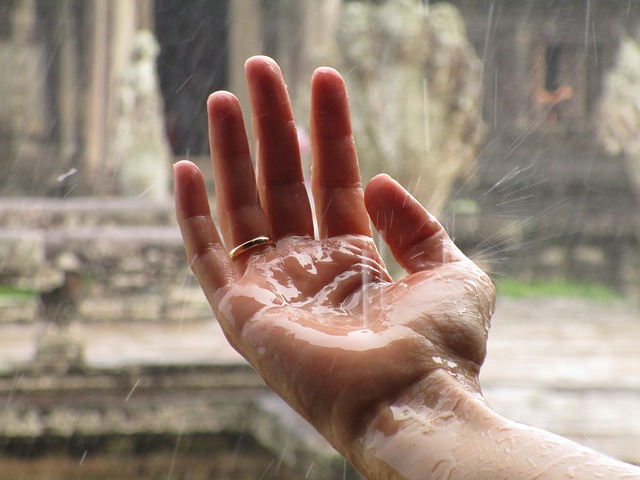Just because there are solids floating on the surface of the pool does not mean you should not swim. What is dangerous, however, is swimming in a pool where bacteria or algae have grown. You can tell the difference by color and smell. Rotten water not only looks bad, it smells terrible. The more bacteria in the water, the stronger the odor.
However, this level of infestation should never be allowed to occur. With the use of various disinfectants, there should be no problem eliminating all hostile organisms in the pool water in a relatively short period of time.
Disinfection can take many forms. The most commonly used, not only in this country but virtually throughout Central Europe, are products containing chlorine. [This is standard in small garden pools as well as indoor and outdoor public pools. It is very effective, especially at high concentrations. However, this can cause problems. If the chlorine concentration in the water is too high, it can adversely affect people with sensitive skin types and sting their eyes. Furthermore, not all people can tolerate the unique smell of chlorine. For this reason, more and more people prefer to use disinfectants that contain ingredients different from the aforementioned chlorine.
Without chlorine
There are several options for disinfecting pool water. One can try a formulation that contains oxygen. This is not as effective as chlorine, but has no adverse effects on the skin. An additional major advantage is that it is odorless. A second option is to use sea salt. While this alone will not completely rid the water of bacteria, when combined with special solonization equipment, it should be an effective weapon against all microorganisms. Suchchlorine-freedisinfection is also beneficial to the skin. Salt baths are recommended by many dermatologists.





